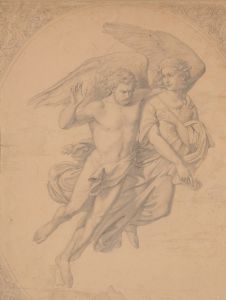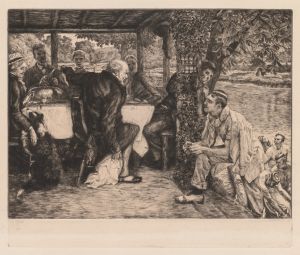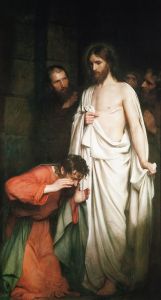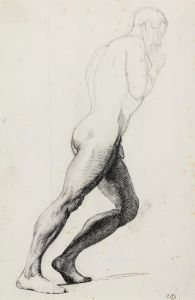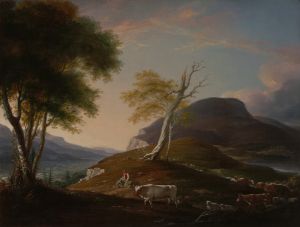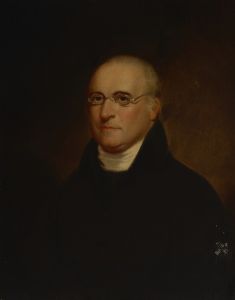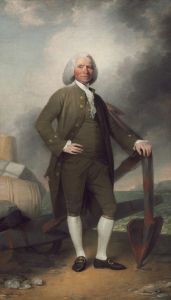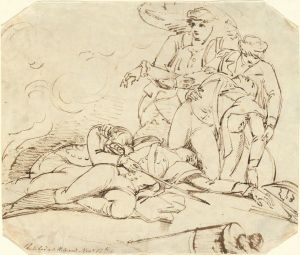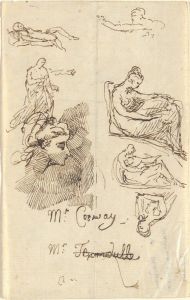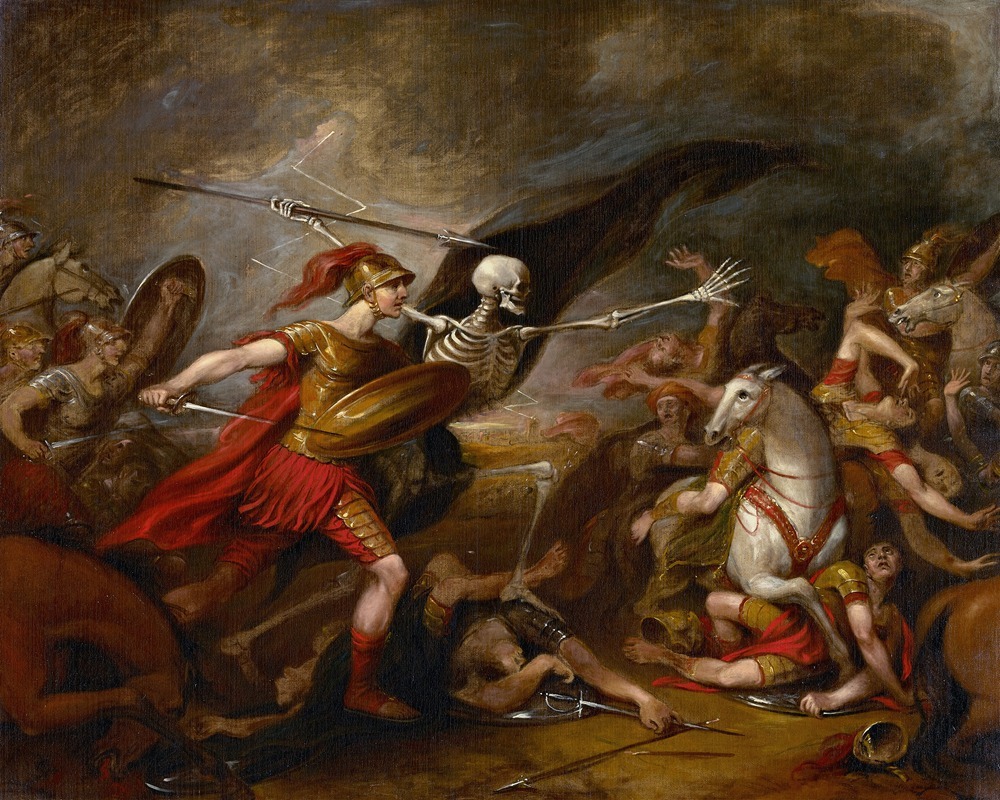
Joshua at the Battle of Ai – Attended by Death
A hand-painted replica of John Trumbull’s masterpiece Joshua at the Battle of Ai – Attended by Death, meticulously crafted by professional artists to capture the true essence of the original. Each piece is created with museum-quality canvas and rare mineral pigments, carefully painted by experienced artists with delicate brushstrokes and rich, layered colors to perfectly recreate the texture of the original artwork. Unlike machine-printed reproductions, this hand-painted version brings the painting to life, infused with the artist’s emotions and skill in every stroke. Whether for personal collection or home decoration, it instantly elevates the artistic atmosphere of any space.
John Trumbull's painting Joshua at the Battle of Ai – Attended by Death is a historical work of art that depicts a biblical scene from the Old Testament. The painting illustrates the events described in the Book of Joshua, specifically the Israelite conquest of the city of Ai. This battle is one of the key moments in the Israelites' campaign to take possession of the Promised Land under the leadership of Joshua, following the death of Moses.
The artwork portrays Joshua, the central figure in the narrative, as a commanding and resolute leader. He is shown overseeing the battle, which is marked by chaos and violence, reflecting the intensity of the conflict. The title of the painting suggests the presence of "Death" as a symbolic or allegorical figure, emphasizing the mortal cost of the battle. However, the exact representation of "Death" in the painting is subject to interpretation, as Trumbull often incorporated allegorical elements into his works.
John Trumbull (1756–1843) was an American artist known for his historical paintings, particularly those related to the American Revolution. While many of his works focus on American history, Trumbull also created pieces inspired by biblical and classical themes, as seen in Joshua at the Battle of Ai – Attended by Death. His training in Europe, including time spent studying under Benjamin West, influenced his style and approach to historical and allegorical subjects.
The painting is notable for its dramatic composition and use of light and shadow, techniques Trumbull employed to heighten the emotional impact of the scene. The figures in the painting are rendered with careful attention to detail, showcasing Trumbull's skill in depicting human anatomy and expression. The work reflects the neoclassical style popular during Trumbull's time, characterized by its emphasis on clarity, order, and the evocation of moral themes.
The exact date of the painting's creation is not widely documented, and its current location or ownership is not specified in available records. As with many of Trumbull's works, the painting likely served both as a piece of art and as a means of engaging with historical or moral questions, in this case, the themes of leadership, divine justice, and the human cost of war.
Further details about the painting, including its provenance and reception, are limited in existing historical records.





